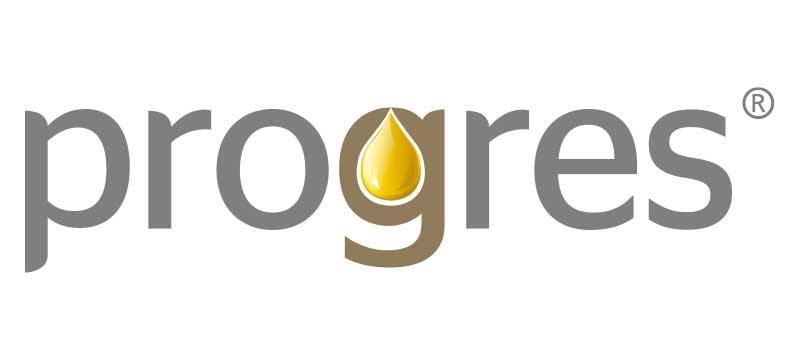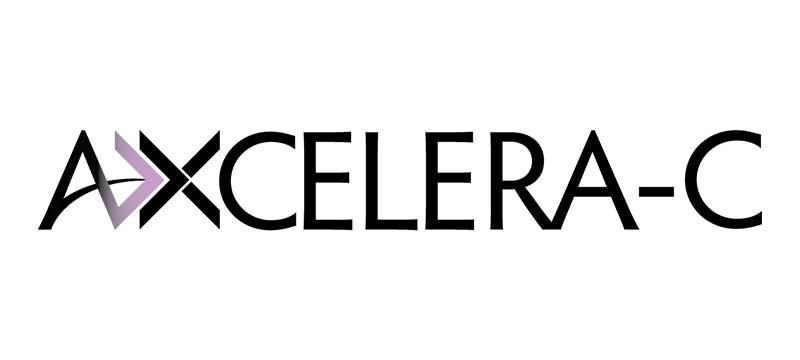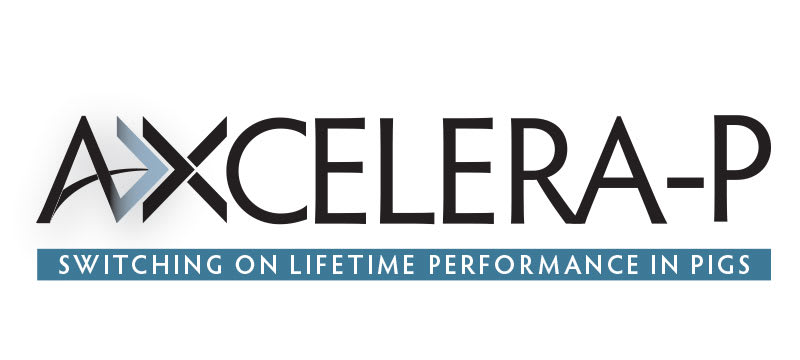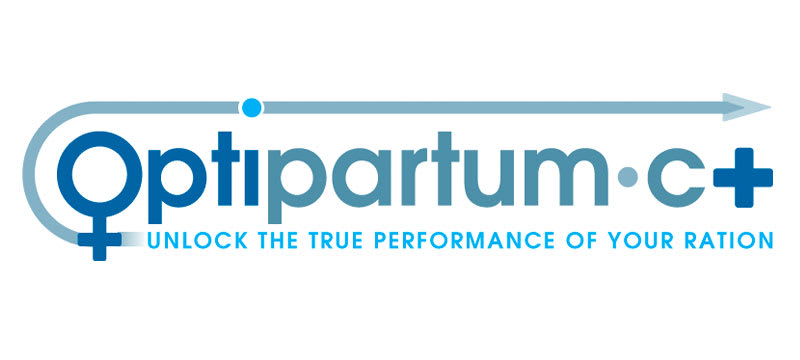Super dosing enzymes
Published Tuesday, 8th June 2021
Working closely with poultry and swine producers as we do, we understand the increasing pressures they are under from regulatory bodies and consumers. This includes the ban on antibiotic growth promoters (AGPs) and the demand for free-range broilers and layers. These initiatives are well intentioned, promoting public health and animal welfare as they do, but we know they also increase the burden on profitability for producers.
Here Gilson Gomes, Head of Global Technical, looks at some of the issues and potential solutions.
What can swine and poultry producers do to maintain profitability in the face of increasing consumer and legislative challenges?
Producers must find alternatives to many traditional farming methods to meet new and ongoing challenges. Feed enzymes were one of the biggest breakthroughs in animal nutrition in recent years as they allow nutritionists to formulate cheaper diets and still maintain high levels of animal performance, while reducing production costs and potential environmental pollution.
Today, feed enzymes such as phytases and carbohydrases are widely accepted in monogastric (swine and poultry) nutrition, but they are still often applied cautiously in animal diets. Traditionally, this has been due to a limited understanding of the level and nutritional influences of enzyme substrates and of the changes enzymes can bring about to animal metabolism and physiology.
How important is phytate in swine and poultry diets?
Phytate is the primary source of phosphorus in plant-derived feedstuffs. It can also bind to important minerals, amino acids and proteins. As monogastrics do not break down phytate efficiently, many of the vital nutrients contained within, and bound to, the molecule are under-utilised or simply excreted as waste.
Phytate is known to be a potent anti-nutrient. It impairs the utilisation of minerals and other nutrients, including amino acids and energy. However, phytase application has evolved significantly in the past seven to eight years following the introduction of the practice of using high doses or ‘superdoses’ of phytase to move closer to full destruction of phytate (IP6) and its lower esters (IP5-IP1).
What benefits do higher doses of phytases bring?
Higher doses of phytases can deliver improvements in animal performance through the full dephosphorylation of phytate to create inositol in-situ. Inositol is the backbone of the phytate molecule and is reported to improve energy metabolism. This helps animals to utilise dietary energy more efficiently. In one broiler trial, it was estimated that one third of the feed conversion rate (FCR) benefits observed with phytase superdosing was caused by inositol provision.
What is ‘superdosing’ of phytase?
Phytase superdosing can be utilised to deliver improved animal performance simply by topping up the feed with extra phytase without assuming any nutritional contribution. To achieve this, producers formulating diets with 500FTU/kg of phytase while assuming the standard nutritional contribution from the enzyme should simply add more enzyme to target a final in-feed activity of 1,500-2,500FTU/kg.
This can improve poultry and pig feed efficiency through higher phytate breakdown (usually a reduction of around three to four FCR points). The practise of superdosing necessitates an increased feed cost up front and assumes that the extra nutrients released through phytate destruction are converted to more meat or improved animal efficiency.
Phytase application has evolved significantly since the introduction of superdosing. The swine and poultry industries now recognise the nutritional benefits delivered through the use of higher doses of phytase to target phytate (IP6) destruction from more complete phytate breakdown.
AB Vista has conducted extensive research to determine the effect of targeted enzyme application to degrade both phytate and non-starch polysaccharide (NSP), reducing the antinutritive effects of both substrates. This research led to the development of the enzyme application called ‘Maximum Matrix Nutrition’ (MMN) which delivers complete phytate breakdown whilst reducing viscosity and increasing fibre fermentability.
Superdosing works well among customers who are looking to introduce performance improvements, but it can be just as effective for the many producers who are looking to maintain performance levels, but with cheaper feed – that’s where Maximum Matrix Nutrition comes in.
How effective is Maximum Matrix Nutrition?
It is only in the past few years that an application such as AB Vista’s MMN has been available for feed producers. This is due to advances in understanding of enzyme modes of action and feed substrate contents, resulting from improvements in analytical methods. Producers are now able to measure the phytate level in diets using Near-Infrared Spectroscopy (NIR) technology, and can determine in-feed enzyme activity routinely, ensuring quality assurance procedures are in place to confidently extract maximum value from advanced enzyme application strategies.
MMN has been demonstrated to improve nutrient utilisation delivering a significant improvement in amino acids, minerals and energy, meaning diets can be formulated with higher nutrient credits for feed costs savings. Compared to a standard application of phytase, carbohydrase and protease, MMN delivers equal performance at a considerably lower cost.
Validated in ten performance trials in broilers and swine, the application has been shown to deliver cost savings of up to €25/t, a dramatic increase in the potential return on investment for feed producers.
This strategy capitalises on the properties of Quantum Blue, an enhanced E. coli phytase with a high affinity for phytate, in addition to a thermostable and inhibitor-resistant xylanase, Econase XT. Combining these enzymes enables customers to take higher dietary nutrient contributions whilst maintaining animal performance, enabling considerable cost savings and a reduction in the excretion of nutrients.
What evidence is there for Maximum Matrix Nutrition’s effectiveness?
Extensive validation trials have been conducted globally with broilers and results show on average, savings of around two cents per kg of live bird, and feed cost savings in excess of US$15/t. When compared with traditional enzyme application, MMN delivers equal performance at a considerably lower feed cost.
Trials have established that broiler performance can be maintained in diets with reductions of at least 2.5kg/t monocalcium phosphate, 10kg/t soybean meal and 10kg/t fat. Birds were able to maintain performance while consuming 7.3% less phosphorous and 2.8% less lysine.
To build on the commercial benefits of superdosing, AB Vista has also conducted extensive research to further understand the quantity of amino acids, minerals and energy that can be spared using higher dosages of Quantum Blue phytase, and also how dietary phytate level could impact animals and enzyme response.
The usual approach is to conduct this research through digestibility assays; however, we took a different approach, and instead ran dose response trials with the nutritionally important amino acids. This provides a more real-world picture of the impact of phytase inclusion on nutrient requirements.
In a series of six broiler trials conducted to determine animal response with high levels of phytase, results showed that the efficiency in utilising methionine + cystine, lysine and threonine were improved by 15, 13 and 5%, respectively. This demonstrates the potential feed savings that can be achieved by using higher phytase doses and helps explain where the animal performance benefits of superdosing come from.
How does fibre fit in?
Fibre is a major component of diets, usually comprising 10-15% of normal diets, but it can prove challenging to measure because common analytical methods employed today provide misleading information.
The crude fibre method, which is more than 100 years old, is still widely employed to determine fibre, but, at best, captures 20-25% of the total dietary fibre. Today, there is a lot of debate about functional fibre and its potential benefit to the digestive physiology of animals.
One important thing to remember is that fibre is not directly digested by the animal, but serves as a substrate for the gut microbiota to ferment. Xylanases are known to increase the solubility of fibre and make it more easily fermentable, thus having marked benefits on gut physiology and the overall balance of gut microbiota. Higher fibre degradation can help reduce protein flow to the lower gut, thereby reducing biogenic amines and ammonia production, and potential problems with dysbiosis.
To find out more about Maximum Matrix Nutrition
Click hereOr Schedule a call below
Latest news
Stay ahead with the latest news, ideas and events.
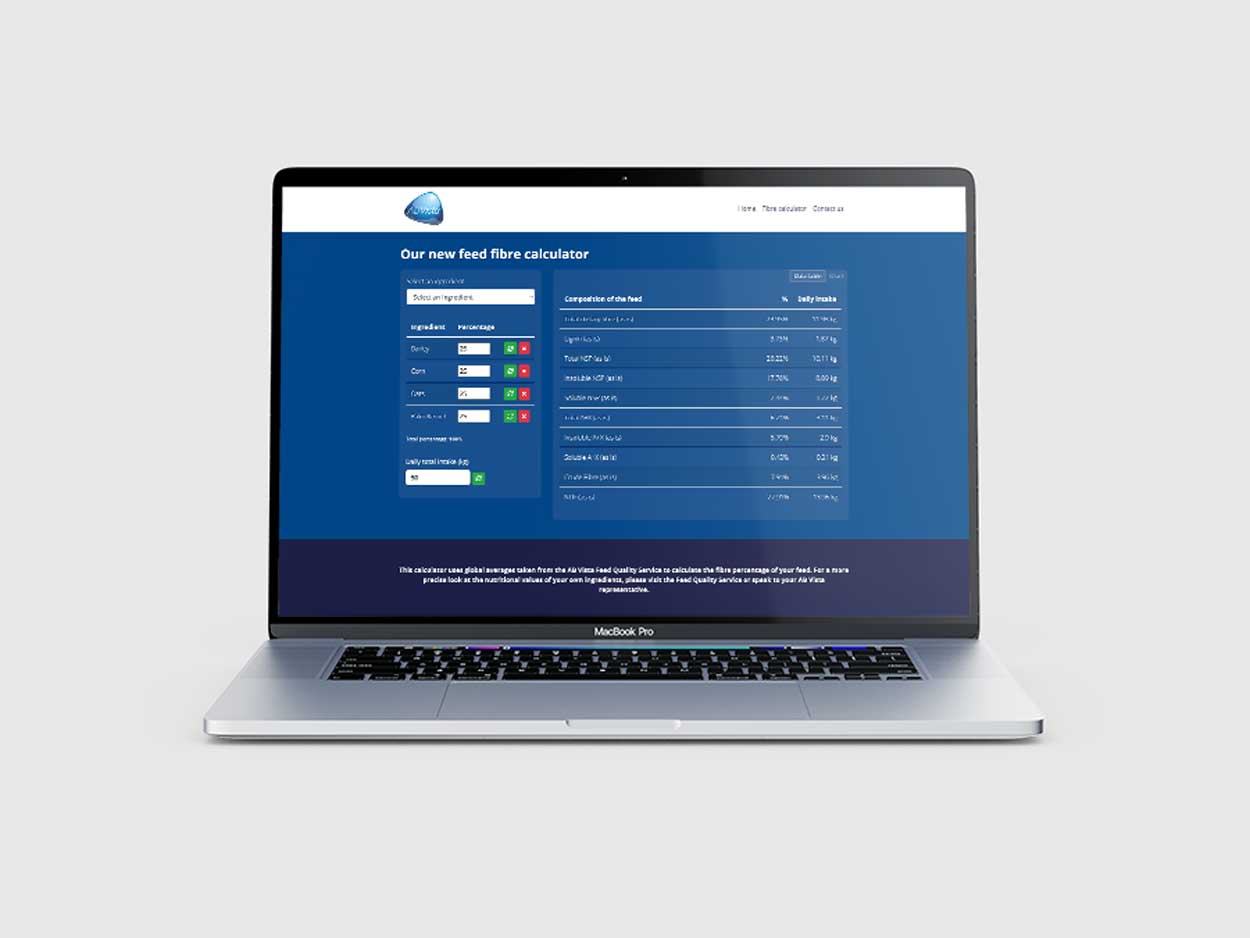
Online Feed Fibre Calculator
Calculate the percentage of dietary fibre in your feed
Our calculator is designed for nutritionists and uses averages of global raw materials to calculate the dietary fibre content (plus other more in-depth fibre parameters) of finished animal feed. These parameters are available within AB Vista’s Dietary Fibre analysis service (part of our NIR service).
Sign up for AB Vista news
A regular summary of our key stories sent straight to your inbox.
SUBSCRIBE© AB Vista. All rights reserved 2023
Website T&Cs Privacy & Cookie Policy Terms & Conditions of Sale IDC Policy










